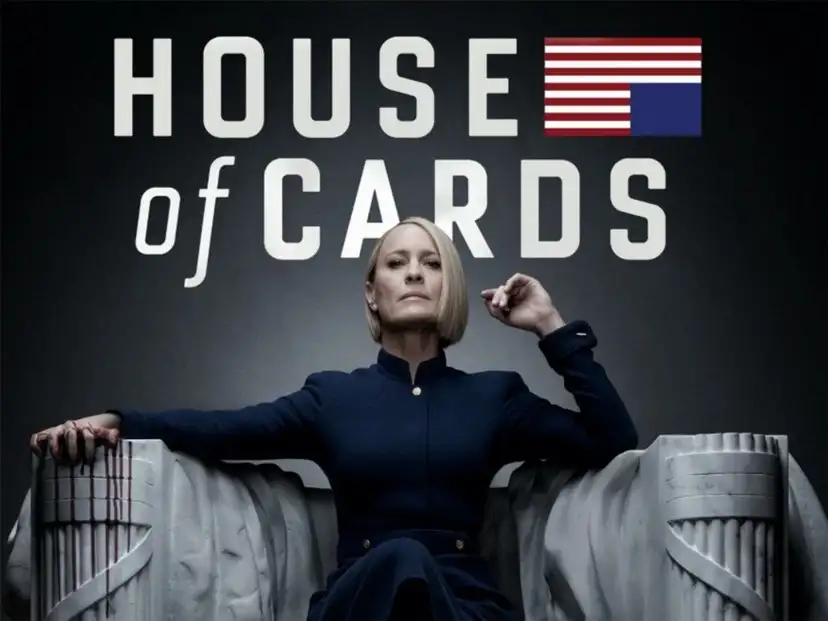As a project founder or CEO, you likely understand the importance of having a roadmap for your business. A roadmap gives you a clear direction and provides your team with goals to work towards. However, when it comes to actually prioritizing your roadmap, it can be difficult to know where to start. That’s why we’ve put together this guide—to help you learn the art of prioritizing your roadmap.
Impact-to-Cost Ratios for Prioritization
The most common method for roadmap prioritization is impact-to-cost ratios. This involves creating a list of ideas and then assigning both an impact rating and cost rating to each one. Start by getting input from your team members and considering any suggestions they may have. Then use “T-shirt sizing” (extra small, small, medium, large, extra large) to assign an impact rating to each idea without expecting any definitive formula. The same method can be used to assign cost ratings as well.
Once you have the impact and cost ratings assigned, it’s time to estimate the actual values based on research, design, engineering, and time factors. For example, if you are developing a new feature for your website or app that requires extensive coding or API integrations then its estimated cost will naturally be much higher than something simpler such as changing colors or updating copy in existing pages. The same applies for estimating impact—a new feature is likely to have much more reach than simply changing colors or copy in existing pages so its estimated impact will also be higher.
When estimating cost and impact values for each idea on your list, keep in mind that there are alternatives beyond just using impact-to-cost ratios such as RICE (Reach – Impact – Confidence – Effort), MoSCoW (Must-have – Should Have – Could Have – Won’t Have), Kano Model (Performance/Delight Factors), and WSJF (Weighted Shortest Job First). Additionally, remember that strategy should always come first before roadmapping so make sure that your vision/mission/goals are outlined clearly before beginning the process of prioritizing your roadmap.
Conclusion:
Roadmap prioritization is an important part of any successful project or business plan but it can often seem daunting at first glance due to the sheer number of tasks involved in the process. Fortunately by following the steps outlined above—creating a list of ideas; getting team input; assigning T-shirt sizes; estimating cost & impact values; utilizing alternative methods like RICE & WSJF—you can easily master the art of prioritizing your roadmap! Keep in mind that strategy should always come first before roadmapping so make sure that your vision/mission/goals are outlined clearly before beginning this process too! Good luck!


